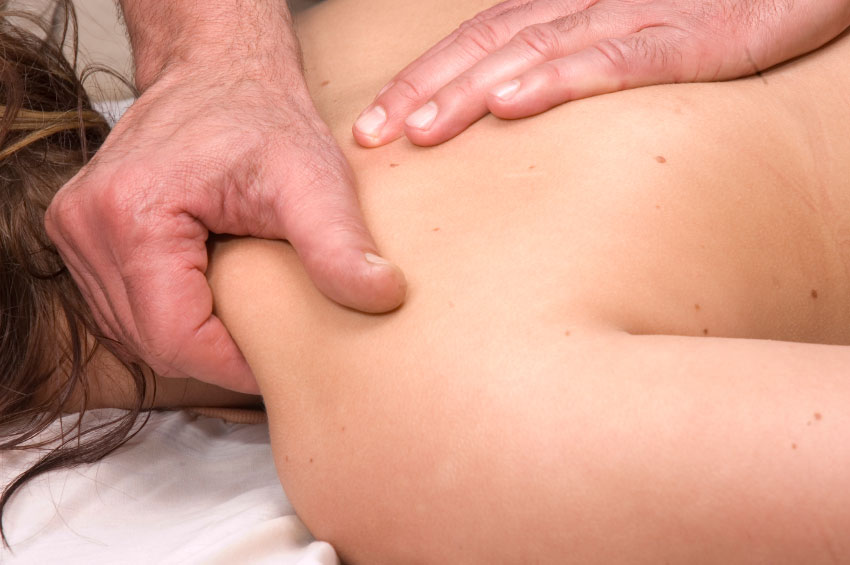Deep tissue massage – what complaints does it treat best?

Most people are familiar with a traditional massage and its benefits.
However, if you are suffering from muscular injuries and complaints, then a deep tissue massage might be a better way of getting to the root of the problem. Although perhaps not as widely known as a traditional massage, deep tissue massages are becoming increasingly popular.
The benefits are more widely appreciated for dealing with ailments and conditions that include the following:
- Lower back pain
- RSI (repetitive strain injury)
- Whiplash
- A fall
- Sports injuries
- Tennis elbow
- Posture defects
- Osteoarthritis pain
- Sciatica
- Fibromyalgia
- Muscle tension and spasms.
What is deep tissue massage?
Deep tissue massage is especially effective at dealing with chronic aches and pains because it concentrates on realigning deeper layers of muscles and connective tissue. This form of massage therapy is good at tackling constricted and contracted parts of the body such as stiff necks, the upper back, which can become knotted through tension, lower back pain, as well as leg muscle tightness and sore shoulders.
It is particularly popular because it is extremely good at reducing blood pressure, even after a 60-minute deep tissue massage. Some medical research has shown that such massages can reduce stress levels and create feelings of well-being.
What does it involve?
Deep tissue massage uses similar techniques to Swedish massage, but the pressure is generally more intense because it is more focused. The therapist concentrates on releasing chronic muscle tension and knots. These are known as adhesions, which can block your circulation and cause you pain, limited movement, as well as inflammation.
Your therapist will be physically breaking down these adhesions to relieve pain and restore your normal movement.
This will involve the use of massage oil. Muscles have to be relaxed for the therapist to be able to reach the deeper musculature.
Consequently, you may find the procedure more uncomfortable than a classic Swedish massage, but rest assured, it shouldn’t hurt! Of course, you must tell your therapist if the pressure proves too much.
One tip to remember – drink lots of water after your massage. It helps to flush out the lactic acid from all of your tissue.

